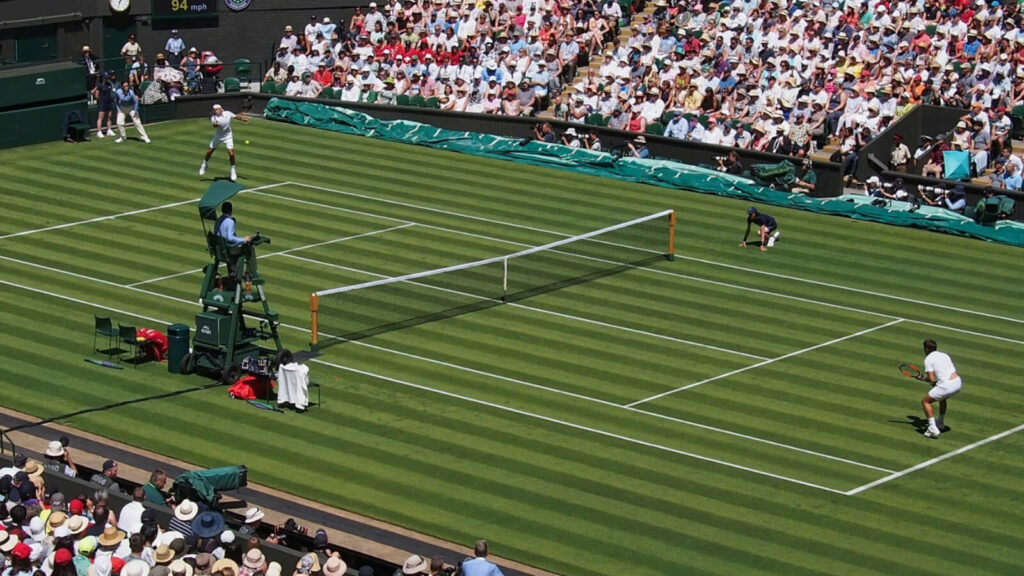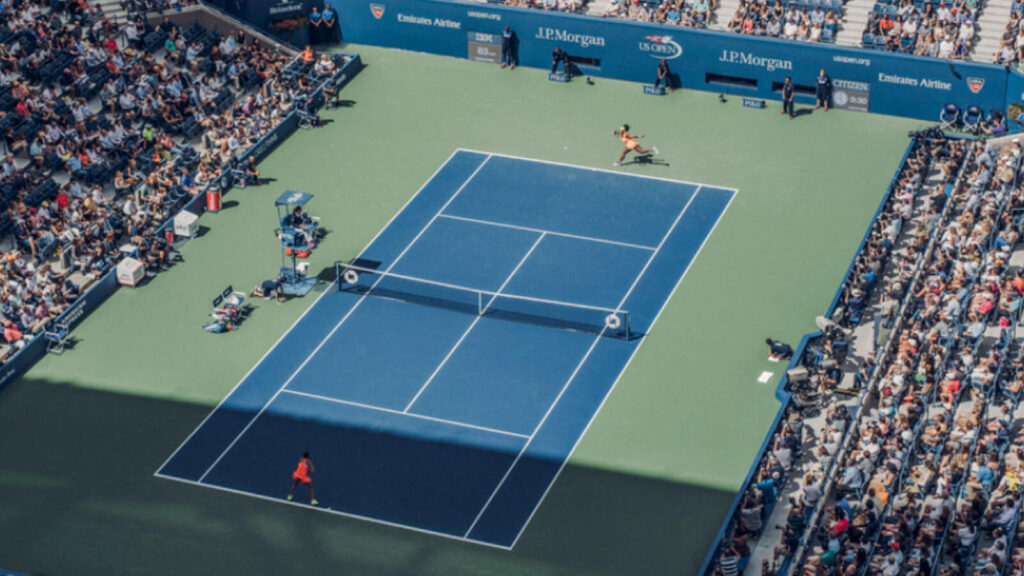Tennis is a game of precision, endurance, and mental toughness. But for all the mighty serves, soft volleys, and marathon rallies, lies a world of numbers—numbers that mark a match, a career, or a legacy. Whether you are a casual observer or a hardcore fan, your tennis statistics can likely alter how you perceive and enjoy the game. For example, consider the unparalleled elegance of Roger Federer or the unparalleled domination on clay of Rafael Nadal or Novak Djokovic’s mental toughness. The numbers tell the story of greatness.
We will now decipher these key tennis stats, explain their importance, and walk through five of the most famous records that have shaped the sport.
Power Aces: A weapon from deep in the pocket
Aces are those untouchable serves that whiz past the opponent without a single return. It is one of the most exciting moments in tennis. A player with a high ace count not only earns free points but also keeps his opponent under pressure. Aces are especially crucial on fast surfaces like grass, where the ball skids quickly, making returns even more difficult.

John Isner’s ace record is one of the most legendary tennis records ever since he holds the record of more than 14,470 aces made throughout his career. At 6’10”, his height provides him with an enormous serve, and this also allows him to hit at extreme angles and velocities.
But ace-heavy isn’t always game-winning. Rafa Nadal and Novak Djokovic are some great players who seem to depend on consistency and placement rather than the sheer number of aces they hit.
The aces may be such powerful tools if matched with a good game.
Break Points: Most Critical Moments of the Match
While aces have been a server’s best friend, breakpoints have been for a returner their golden opportunity. A breakpoint comes about when the receiving player has the chance to win the game on his opponent’s serve, showing breaking the serve as an important aspect in tennis strategies since it shifts momentum and puts the opponent on his back foot.

Nobody is better at turning break points than Alex de Minaur, who converts 46.2% of his break opportunities and has the highest conversion rate in the field. No one has served with as much consistency to their return, either.
Understanding breakpoints is important because, in most cases, they end or win the match. Serving a player who capitalizes on break chances holds a much greater chance to win, despite not taking control of the match elsewhere.
Won service games: how to hold your service
The art of winning a service game is the foundation of winning in tennis. Some players use booming serves to dominate their service games, while others depend on strategic placement and consistency. The best servers in history share one thing: they rarely get broken.
Ivo Karlović is best known to most people as the most elegant player ever. During his career, he won 92% of his service games. He was therefore one of the toughest players ever to break, fluid in technique, precise in ball toss, and able to mix up his serve, which made him almost unbreakable at his best.

It does not just concern service games but also mental power, especially against break points and closing out of sets. These are the kind of situations that keep a person tense throughout. It has been one reason Federer maintained himself at such a high rank for more than two decades.
Set Wins: The Road to Victory
Tennis matches consist of several sets, and one has to win those sets efficiently. Certain players are well known for winning sets early on, and quite a few are famous for their comebacks. When a player can consistently win in a straight fashion, he saves up energy and keeps away from unnecessary long and draining matches.
Rafael Nadal is more than the player who holds the highest winning percentage record in tennis history. He boasts an impressive win record of 97% on French Open ground, making him the undisputed “King of Clay.” With such a stronghold on winning consecutive sets at Roland Garros, it has remained his fortress. The art of winning sets effectively doesn’t only depend on the skills but also on endurance and the strength of one’s mind. Closing sets under pressure is what separates a great player from a legend.
Grand Slam Wins: The Final Tennis Record
In the grand tapestry of tennis statistics that speaks to greatness, nothing can be done justice more than winning a Grand Slam. This calls for consistency, physical endurance, and performance at the highest levels of pressure. Novak Djokovic is the man who holds the record for the most Grand Slam titles in men’s history with 24 major titles. His durability on all surfaces and longevity in the sport have cemented his position alongside some of the greatest players of all time.

Grand Slam titles are the ultimate because a player has to play at his or her best for two weeks straight against the toughest competition. That is they are highly regarded in the tennis world.
Final thoughts
Each of these statistics—aces, break points won, service games won, sets won, and Grand Slam championships—plays its unique part in defining the career of each player. One player, for example, has built their legacy on just one statistic; another, like Djokovic, has been stellar across multiple groups.
These stats bring a new perspective to the game for the fan. While watching a match, pay attention to how many aces a player is hitting, when they are converting break points, and how efficiently they are winning their service games. All these little details will help reveal who might have the upper hand long before the final score is decided.
There’s so much more to tennis than just rallies and winners. It’s a game of statistics, strategy, and mental toughness. Next time you are flipping the channels, keep an eye on the numbers because they often tell the story before the players do.
